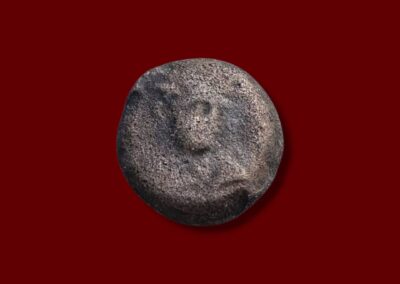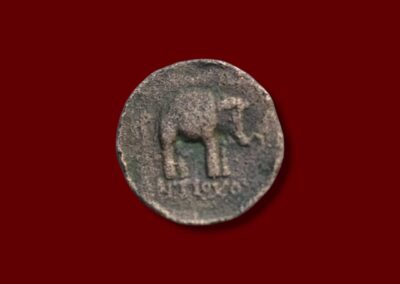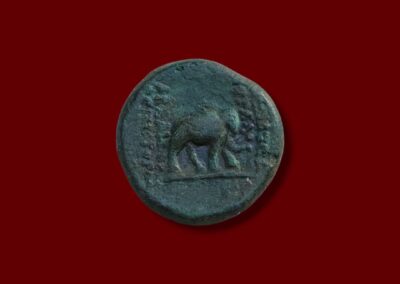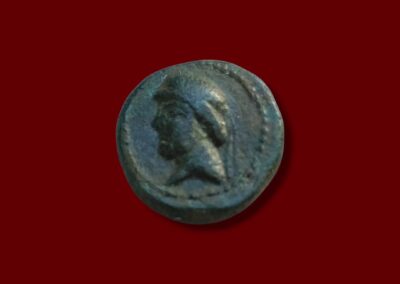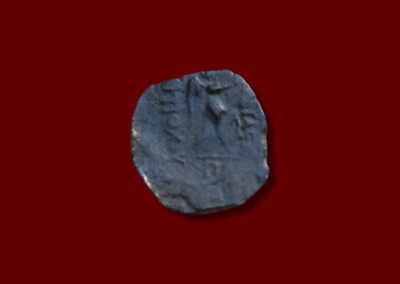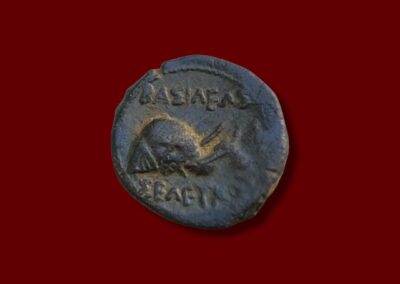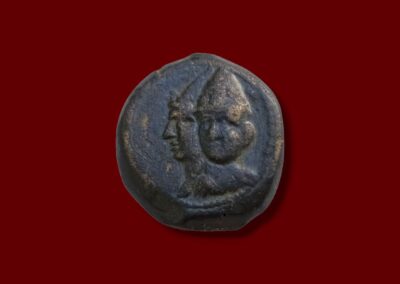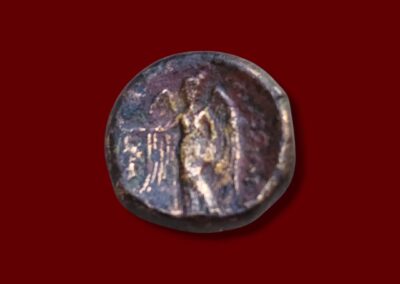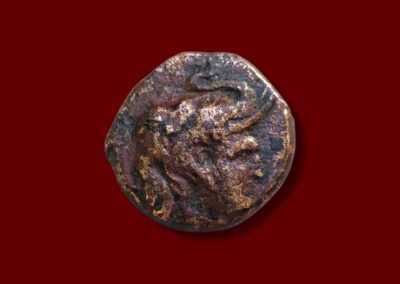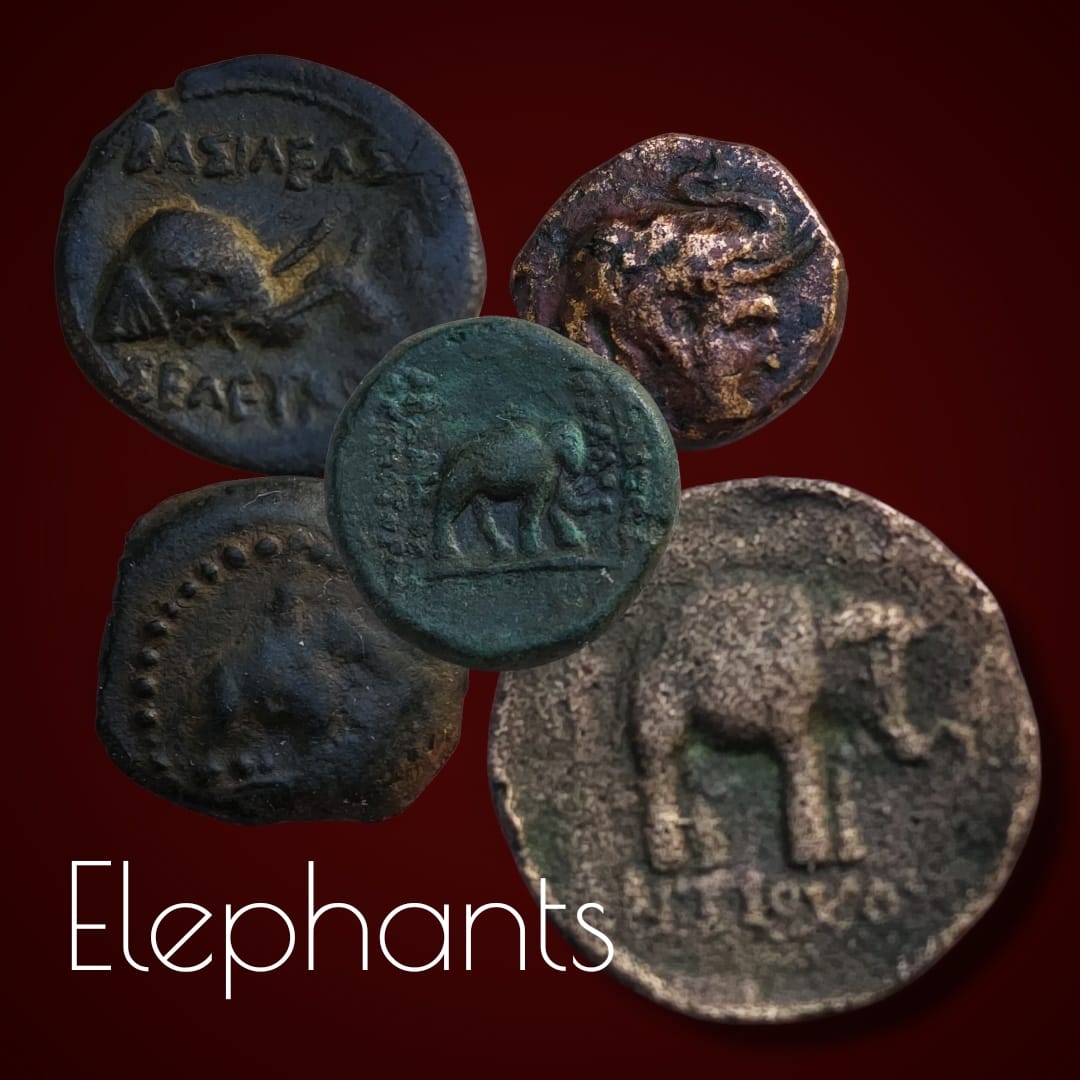
Introducing the “Elephants” Ancient Coin Collection
Step into a world where power was measured not just in armies, but in majestic elephants.
Our “Elephants” Collection brings together five extraordinary ancient coins, each minted during a time when elephants symbolized strength, royal prestige, and military supremacy.
Spanning from the early Seleucid Empire to the rise of Parthia, these coins capture the fascinating stories of rulers who wielded elephants as instruments of empire and legend.
Each coin in this limited series represents a distinct era and a unique chapter in ancient history, offering collectors a tangible link to the grandeur of the past.
Explore the history, artistry, and enduring majesty of these remarkable coins — and bring home a piece of antiquity that still roars with power today.
Antiochus VII Sidetes — Obverse
Obverse: Portrait bust of Antiochus VII Sidetes (138–129 BC), facing right, wearing the royal diadem of the Seleucid kings.
Antiochus VII Sidetes — Reverse
Reverse: Large elephant standing right, symbolizing power, royal prestige, and the influence of eastern campaigns.
Phraates II — Reverse
Reverse: Elephant walking right, symbolizing military power and eastern conquest, flanked by script legends.
Phraates II — Obverse
Obverse: Portrait of Phraates II, ruler of the Parthian Empire (138–128 BC), shown wearing a diadem or traditional Parthian headdress.
Antiochus I Soter — Reverse
Reverse: Faint standing figure, possibly elephant depiction or royal insignia, flanked by Greek inscriptions.
Antiochus I Soter — Obverse
Obverse: Stylized depiction of elephant or royal emblem under dotted border, symbolizing the might of Antiochus I’s reign.
Seleukos II Callinicus — Reverse
Reverse: Elephant walking right beneath the Greek legend, a symbol of royal military power and eastern conquest.
Seleukos II Callinicus — Obverse
Obverse: Jugate busts (side-by-side portraits) of Seleucid royalty, possibly depicting Seleukos II and his co-ruler.
Seleukos I Nikator — Reverse
Reverse: Nike standing beside an elephant, celebrating Seleukos’ eastern military campaigns.
Seleukos I Nicator (c. 358–281 BCE)
Historical Background:
Seleukos I Nicator was a leading general under Alexander the Great who went on to establish the Seleucid Empire. After Alexander’s death, Seleukos rose to power through skillful diplomacy and decisive battles. His realm stretched from Asia Minor to the borders of India. “Nicator” means “Victor,” a title he earned by securing key victories and building cities like Seleucia on the Tigris.
Connection to Elephants:
Seleukos acquired 500 war elephants following the Battle of Ipsus (301 BCE), using them to dominate the battlefield and symbolize his Eastern connections. These mighty creatures not only enhanced his military power but also became an emblem of his reign.
Coinage Details:
Seleukos issued silver tetradrachms featuring elephant quadrigas and bronze coins showing elephant heads or walking elephants.
-
Materials: Silver and Bronze
-
Imagery: Portraits of Seleukos or Alexander in elephant headdress; Zeus enthroned; elephant quadrigas.
-
Date range: circa 305–281 BCE.
Cultural/Historical Significance:
The elephants highlighted Seleukos’s reach into India and his claim to be Alexander’s true heir. In Greek tradition, elephants symbolized unstoppable power and exotic prestige, enhancing the ruler’s image.
Interesting Fact:
Seleukos famously negotiated with Chandragupta Maurya, trading territory for a supply of elephants — an early example of diplomacy through war animals.

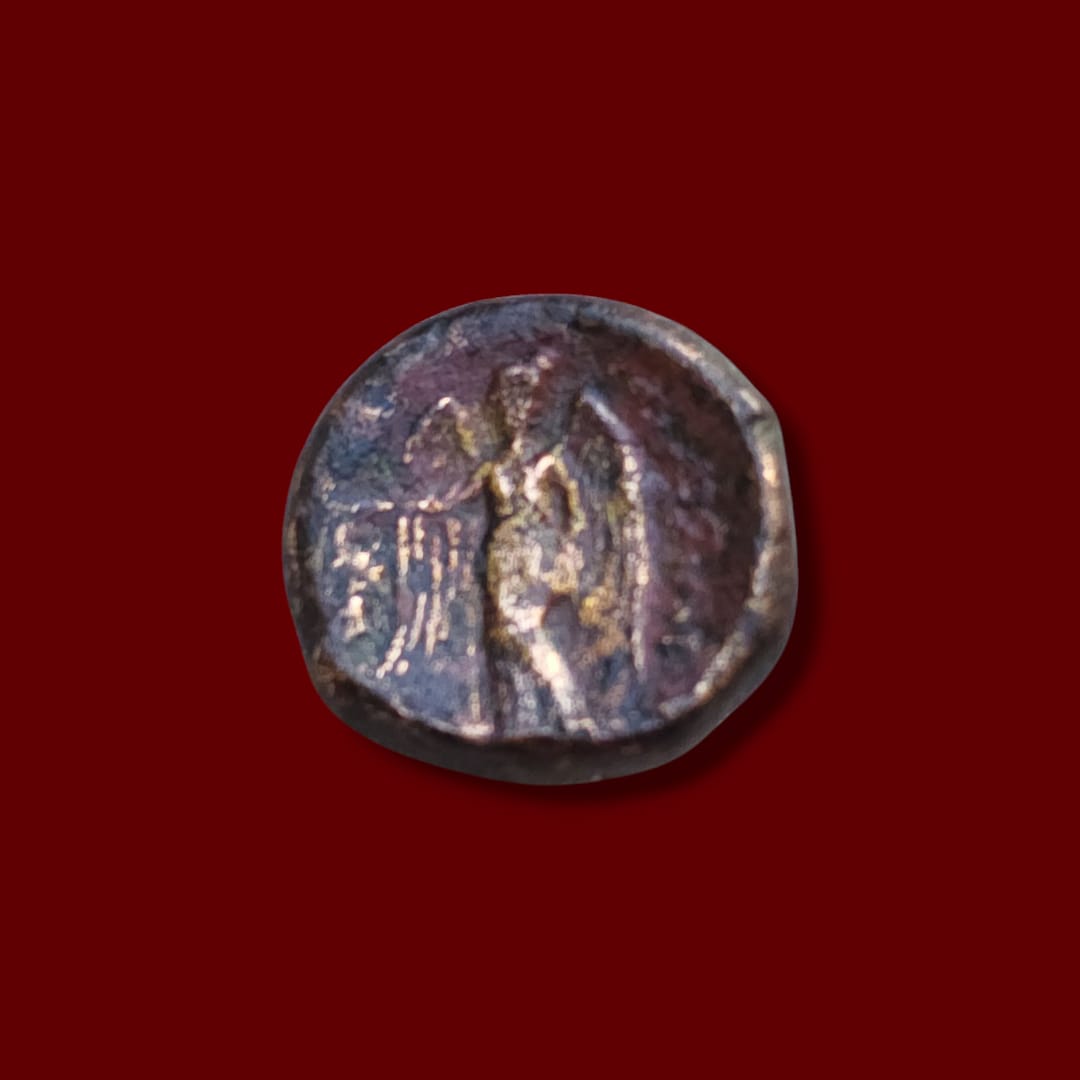
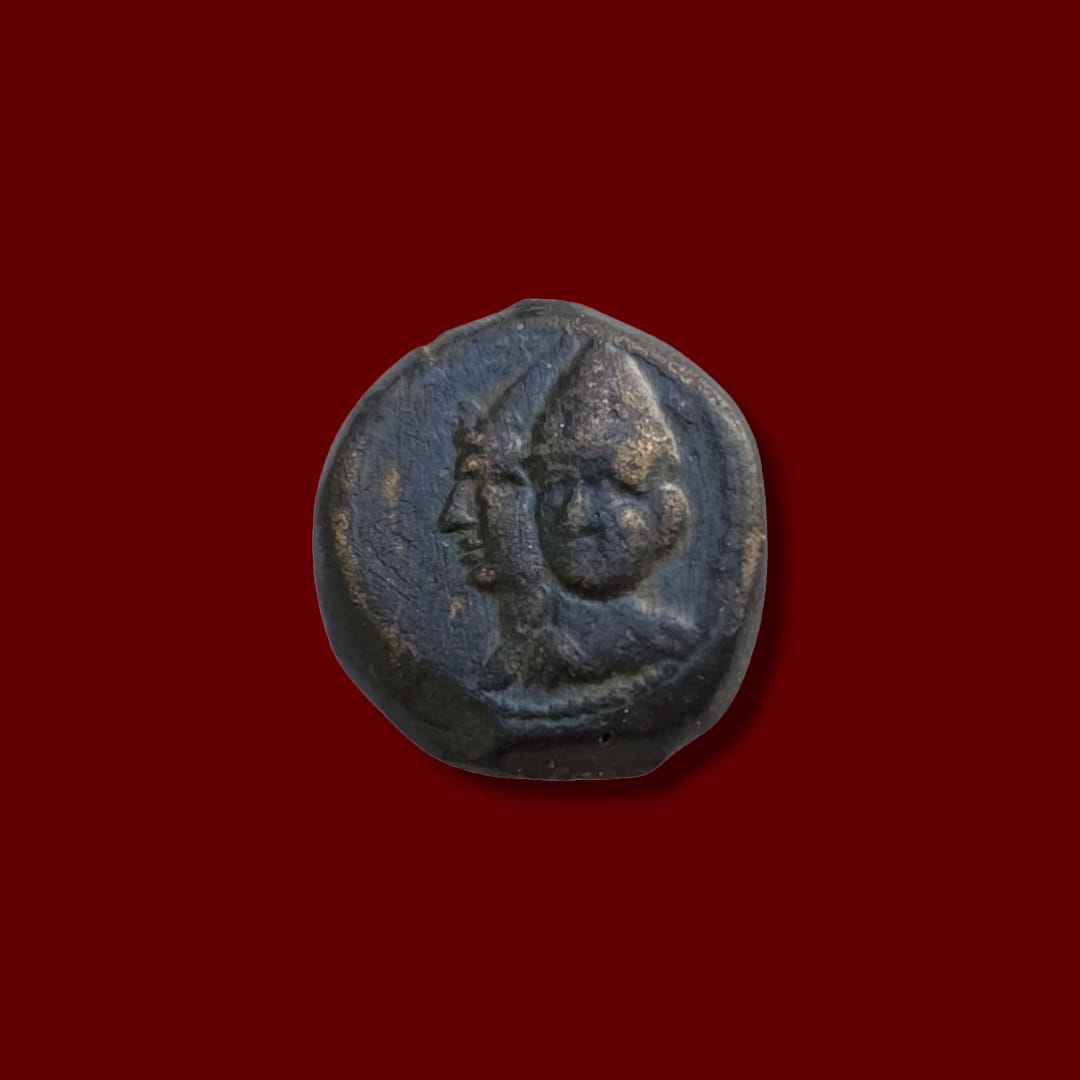
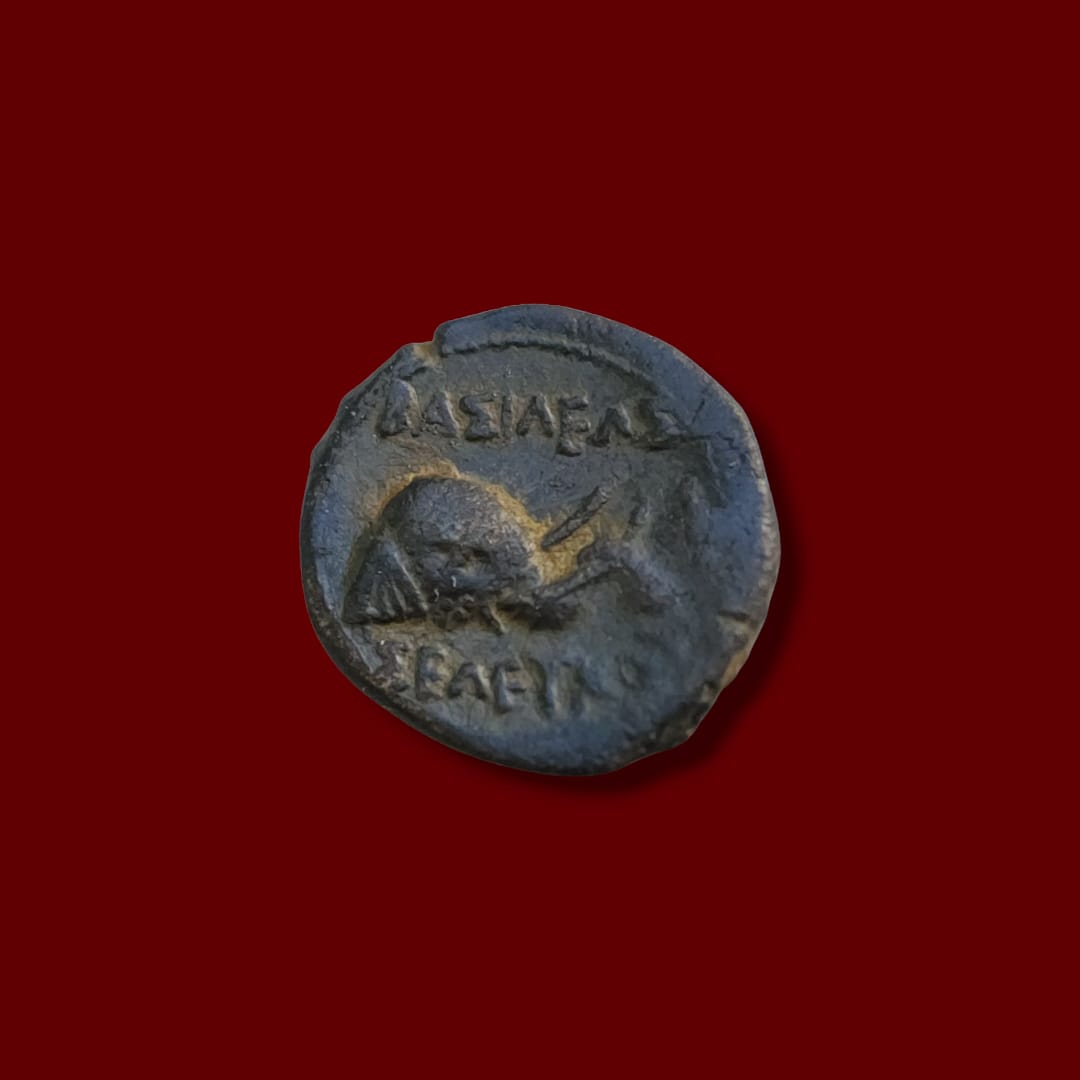
Seleukos II Callinicus (reigned 246–225 BCE)
Historical Background:
Seleukos II Callinicus inherited the Seleucid throne during turbulent times. His reign was marked by family conflicts, wars with Egypt, and attempts to maintain a fragmented empire. Despite personal setbacks, he worked to uphold Seleucid control across a wide territory.
Connection to Elephants:
Elephants remained crucial symbols of royal power during Seleukos II’s reign, often used in warfare and diplomacy, especially in campaigns against rivals like Ptolemy III of Egypt.
Coinage Details:
Seleukos II’s coinage often emphasized Hellenistic themes but maintained elephant symbolism in select issues.
-
Materials: Silver and Bronze
-
Imagery: Zeus seated; elephant quadrigas on ceremonial bronze pieces.
-
Date range: circa 246–225 BCE.
Cultural/Historical Significance:
Elephant imagery under Seleukos II reflected a continuity of Seleucid imperial ideology — projecting strength even as real political power wavered.
Interesting Fact:
Seleukos II survived a shipwreck while escaping enemies — an incident that added to his legend as a ruler of fortune, even though his reign faced constant challenges.
Antiochus I Soter (reigned 281–261 BCE)
Historical Background:
Son of Seleukos I, Antiochus I Soter (“Savior”) inherited the empire at a young age. His reign focused on stabilizing the Seleucid territories after his father’s assassination. He defended the empire against Galatian invasions and internal revolts.
Connection to Elephants:
Antiochus continued the use of elephants both militarily and ceremonially. His forces famously used elephants against Galatian raiders in Asia Minor, an event remembered as a major victory.
Coinage Details:
Antiochus I minted coins that subtly referenced elephants, especially through military-themed imagery.
-
Materials: Silver and Bronze
-
Imagery: Helmeted busts, possible references to elephant scalp helmets; standing Zeus; galloping elephants on certain bronzes.
-
Date range: circa 281–261 BCE.
Cultural/Historical Significance:
For Antiochus I, elephants represented not just royal power, but also salvation — as they helped him secure victory against formidable invaders.
Interesting Fact:
According to some accounts, Antiochus established a hero cult dedicated to himself after his victory over the Galatians — one of the few rulers to be worshiped in his own lifetime.
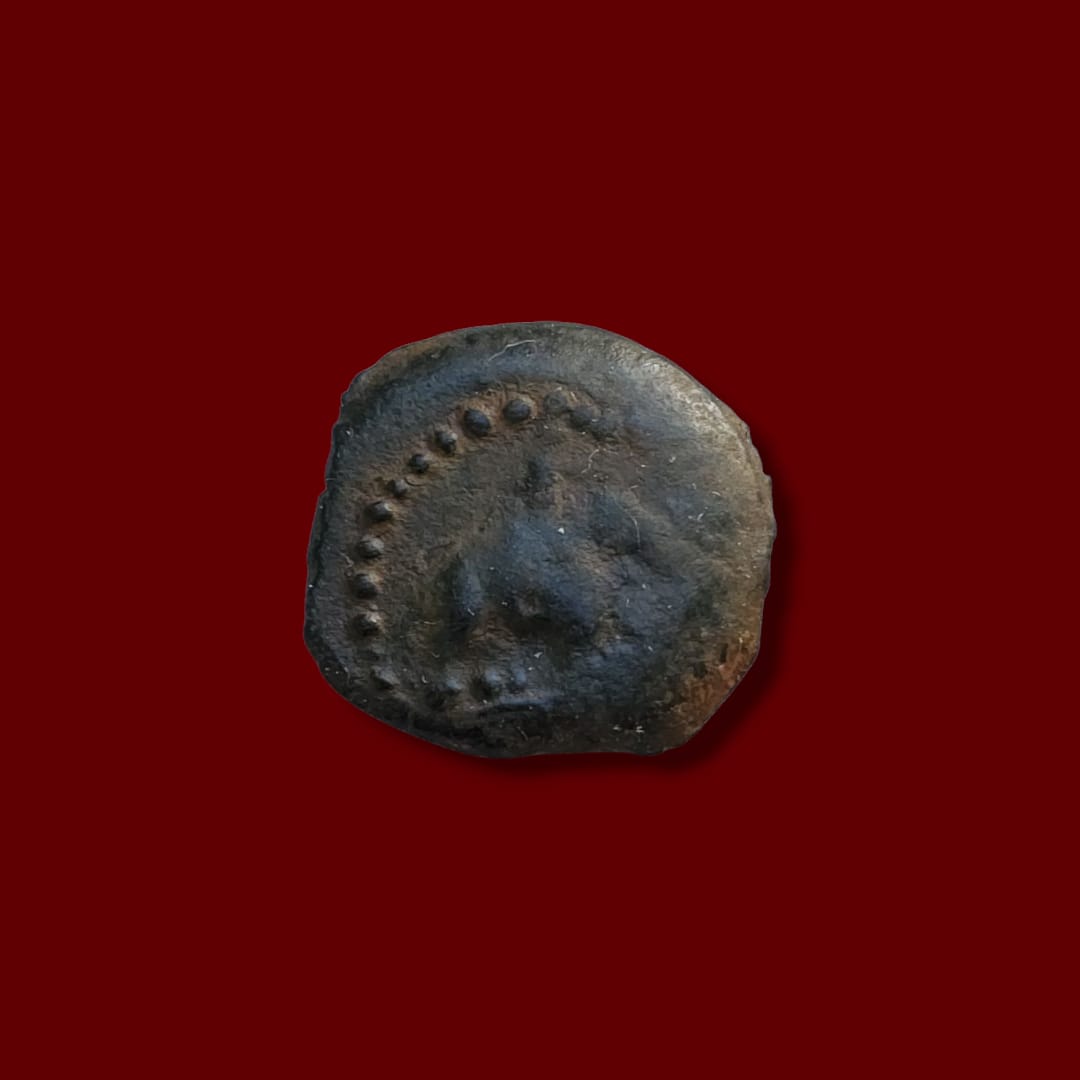
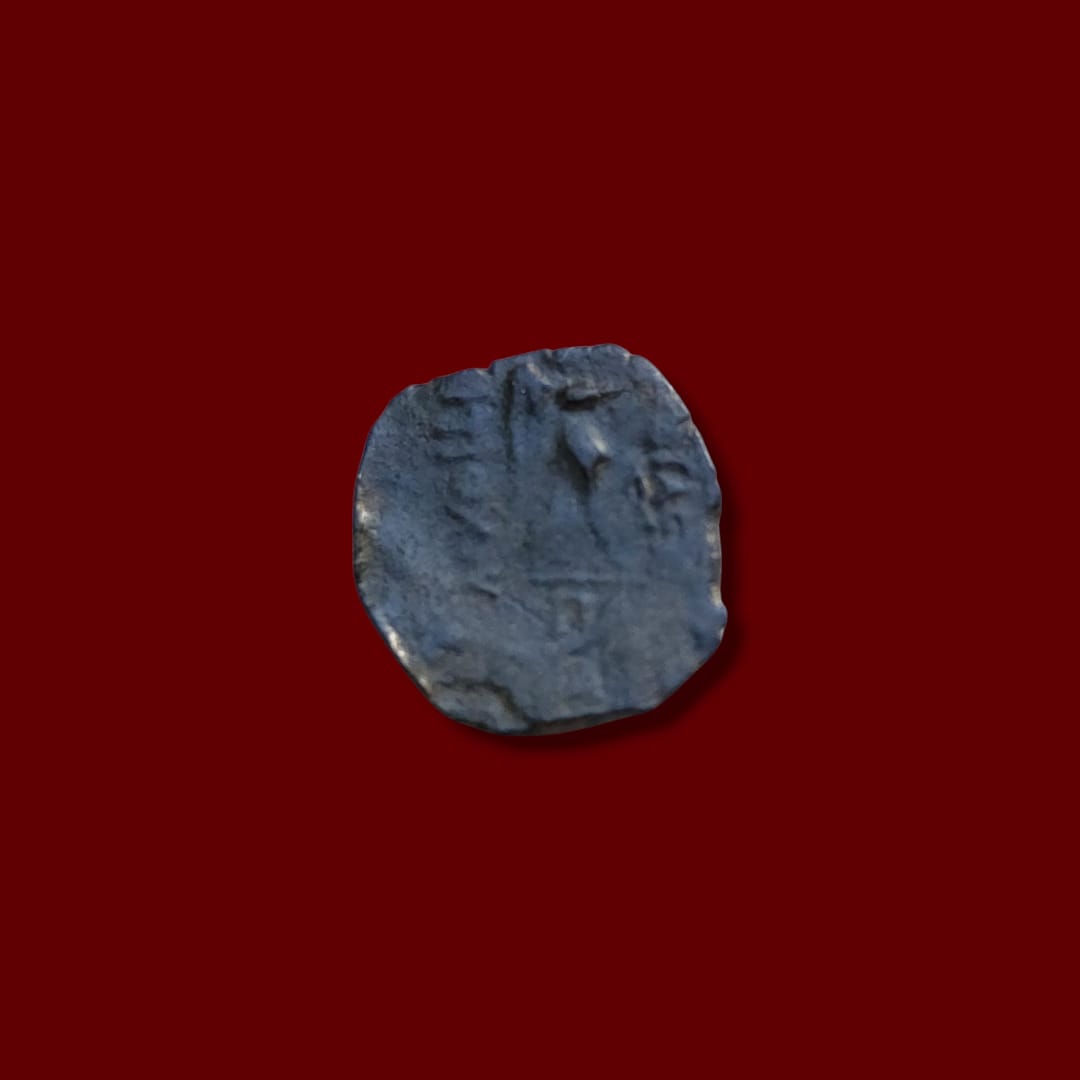
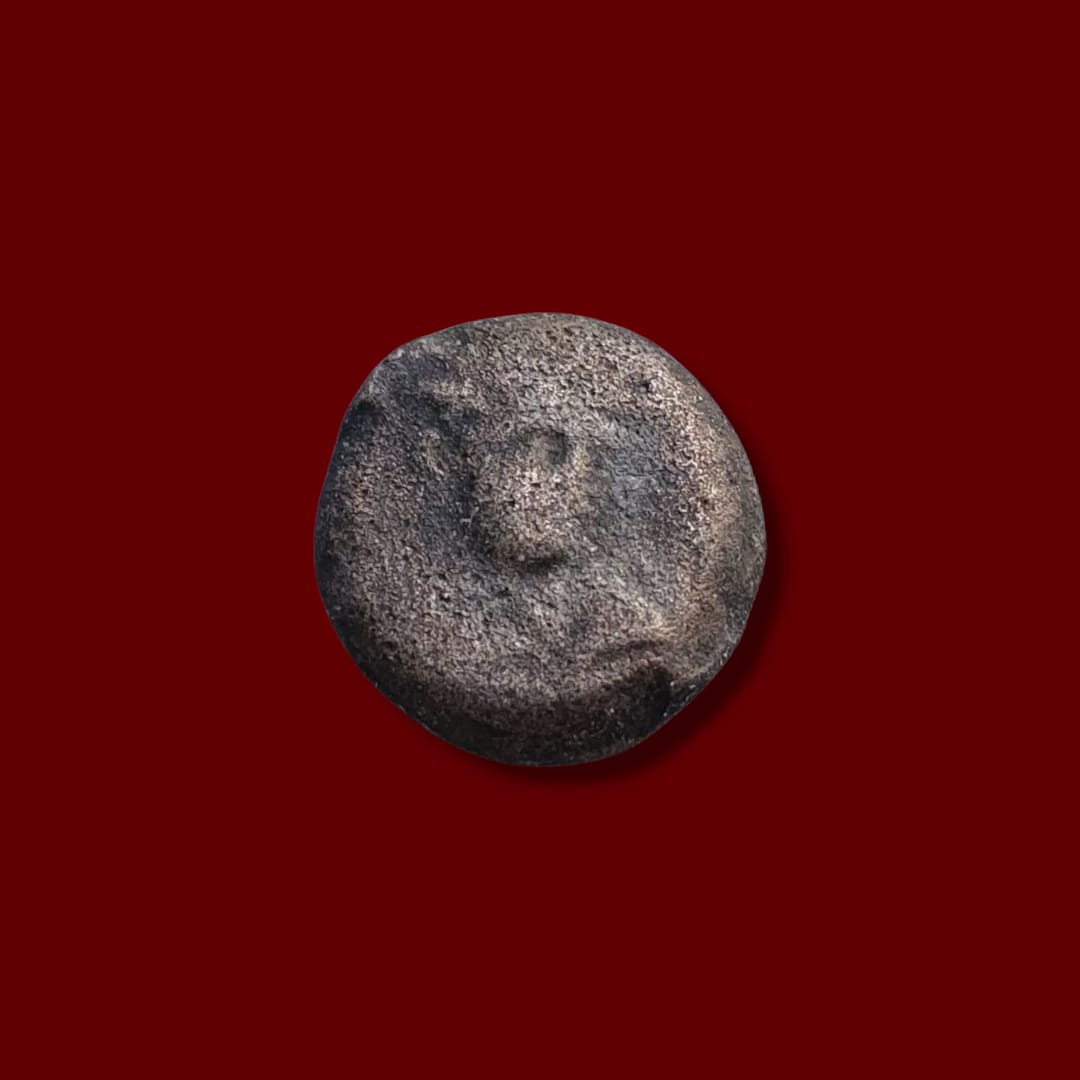
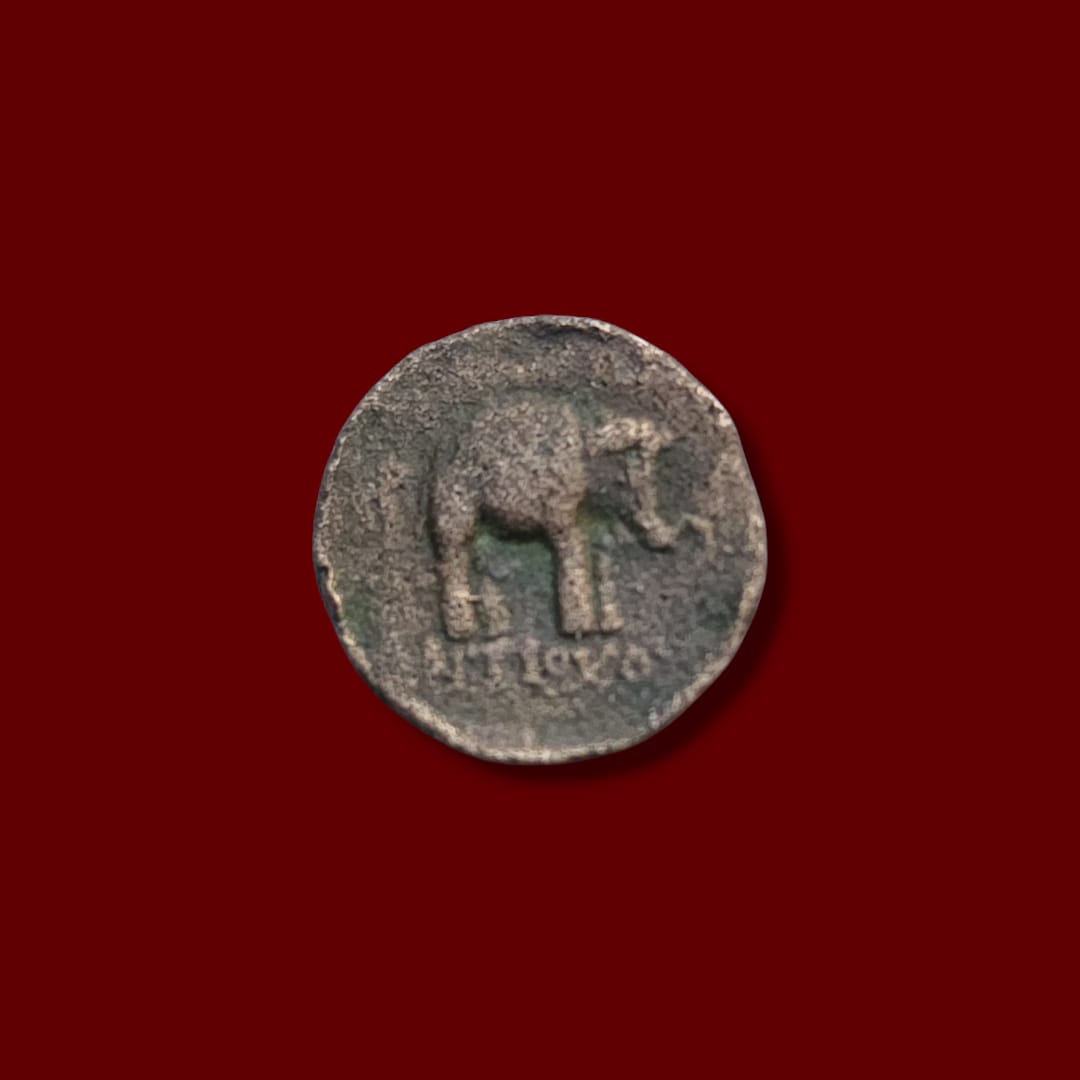
Antiochus VII Sidetes (reigned 138–129 BCE)
Historical Background:
Antiochus VII, nicknamed “Sidetes” after his upbringing in Side, was one of the last strong Seleucid kings. He temporarily restored parts of the fading empire and launched campaigns against the Parthians.
Connection to Elephants:
While fewer elephants were available during his reign compared to earlier Seleucid kings, Antiochus VII still emphasized them in ceremonial processions and coin symbolism to project an image of restored might.
Coinage Details:
Antiochus VII issued coins highlighting royal iconography with some references to elephants in regional mint issues.
-
Materials: Silver and Bronze
-
Imagery: King’s bust in diadem; seated gods; elephants in background on rare coins.
-
Date range: circa 138–129 BCE.
Cultural/Historical Significance:
At a time when Seleucid power was collapsing, invoking the mighty image of elephants helped Antiochus VII project continuity and imperial ambition.
Interesting Fact:
Antiochus VII was killed during a Parthian ambush while trying to reconquer lost territories — a dramatic end for one of the last major Seleucid rulers.
C. 132-127 BC AE DICHALKOUS, ELEPHANT
Parthian coins under Phraates II did not heavily feature elephants, but elephants appeared symbolically in descriptions of his battles against Antiochus VII.
Obv: lightly-bearded bust left, wearing diadem; circular border of pellets
Rev: elephant standing right; no border; three-line Greek inscription = ΒΑΣΙΛΕΩΣ ΜΕΓΑΛΟΥ ΑΡΣΑΚΟΥ
Phraates II of Parthia (reigned 138–128 BCE)
Historical Background:
Phraates II succeeded to the Parthian throne as a teenager. Despite his youth, he quickly proved himself a capable military leader, defending Parthia against external threats, including the Seleucids and invading nomads.
Connection to Elephants:
As Parthia came into contact with Hellenistic powers, elephants played a role in battles against Seleucid armies. Parthians likely used captured elephants for ceremonial purposes as well.
Cultural/Historical Significance:
In Parthian propaganda, defeating the Seleucid elephant forces reinforced their legitimacy as successors to imperial power in the East.
Interesting Fact:
Phraates II died young while repelling nomadic invaders, but his reign helped Parthia emerge as a dominant power after centuries of Hellenistic rule.


Get in Touch with TerraNumis
Have questions about a specific coin, our collections, or your numismatic interests? We're here to help. Whether you're a seasoned collector or just beginning your journey into ancient coinage, feel free to reach out—our team is ready to assist you with expert guidance and personalized support.
Prefer to stay connected?
Follow us on Facebook at TerraNumisCoins for updates, new arrivals, and insights into the world of ancient coins.

